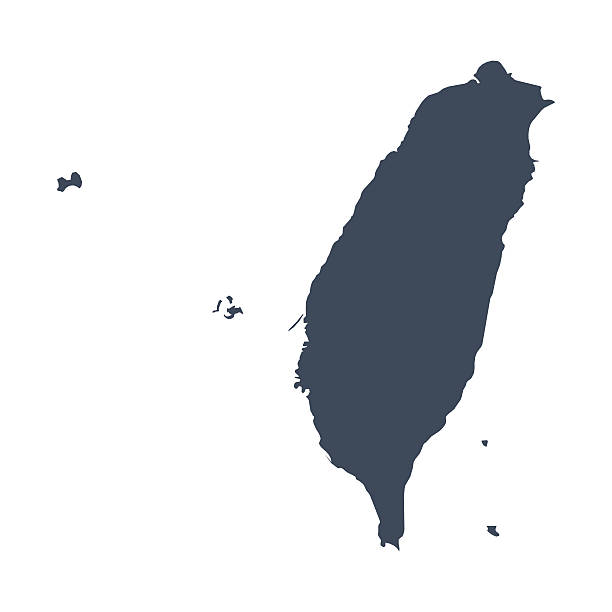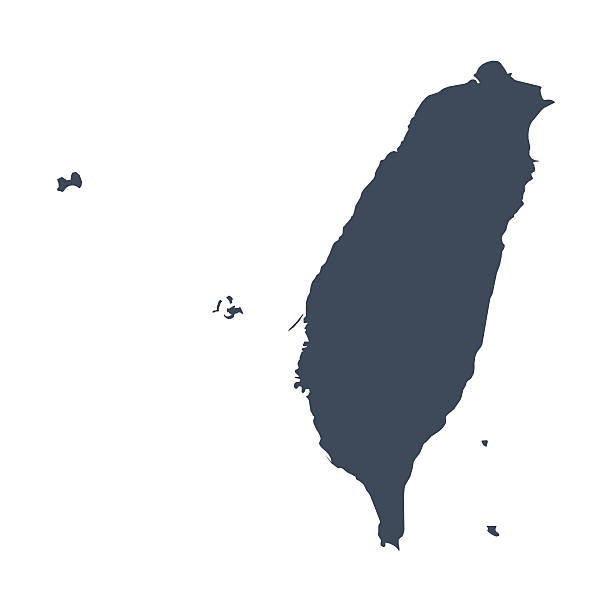Montevideo Convention Criteria for Taiwan

The state as a person of international law should possess the following qualifications: a) a permanent population; b) a defined territory; c) government; and d) capacity to enter into relations with the other states.However, a close examination of all these conditions shows that the ROC’s supposed fulfillment of the relevant qualifying criteria is/are bogus. This is explained as follows:
|
Four Comparative "Status Determinations"
for the Republic of China
| Date & Historical Event | Status of ROC in the United Nations | Status of ROC in international affairs | Status of ROC in the view of US gov't | Status of ROC under the laws of war |
| 1895 Treaty of Shimonoseki |
X | X | X | |
| 1912 ROC is founded |
X | Juridical Person (Legal Gov't) of China | X | |
| 1937.07.07 Marco Polo Bridge Incident |
X | " | Recognized Legal Gov't of China (as of July 1928) | |
| 1941.08.14 Atlantic Charter |
X | " | " | |
| 1941.12 World War II in the Pacific begins |
X | " | " | |
| 1943.12.01 Cairo Declaration |
X | " | " | |
| 1945.07.26 Potsdam Proclamation |
X | " | " | |
| 1945.08.15 Japan's Emperor Agrees to Surrender |
X | " | " | |
| 1945.09.02 Gen. MacArthur directs Chiang Kai-shek to Taiwan to accept Japanese surrender |
X | " | " | |
| 1945.10.24 United Nations is founded |
Sole legitimate gov't of China | " | " | |
| 1945.10.25 Japanese troops in Taiwan surrender |
" | " | " | Proxy occupying forces |
| 1947.02.28 ~ 1950.04.30 The 228 Incident |
" | " | " | " |
| 1949.10.01 PRC is founded |
" | " | " | " |
| 1949.12 ROC flees to Taiwan |
" | Gov't in Exile of China | Recognized Gov't in Exile of China | " |
| 1952.04.28 SFPT comes into force |
" | " | " | " |
| 1952.08.05 Treaty of Taipei comes into force |
" | " | " | " |
| 1955.03.03 ROC - USA MDT |
" | " | " | " |
| 1971.10.25 ROC expelled from UN |
(expelled) | " | " | " |
| 1972.02.28 PRC & USA Shanghai Communique |
none | " | " | " |
| 1978.12.31 USA breaks diplomatic relations with ROC |
" | " | " | " |
| 1979.01.01 PRC & USA Second Communique |
" | " | Unrecognized Gov't in Exile of China | " |
| 1979.01.01 Taiwan Relations Act takes force |
" | " | " | " |
| 1980.01.01 MDT cancelled |
" | " | " | " |
| 1982.08.17 PRC & USA Third Communique |
" | " | " | " |
| Today | " | " | " | " |
Montevideo Convention Criteria for Taiwan

|
Other people often make the assertion that the Republic of China on Taiwan satisfies the criteria for statehood in the international community because the ROC government officials are not required to answer to any higher authority. |







|
Important Points of Reference
|




